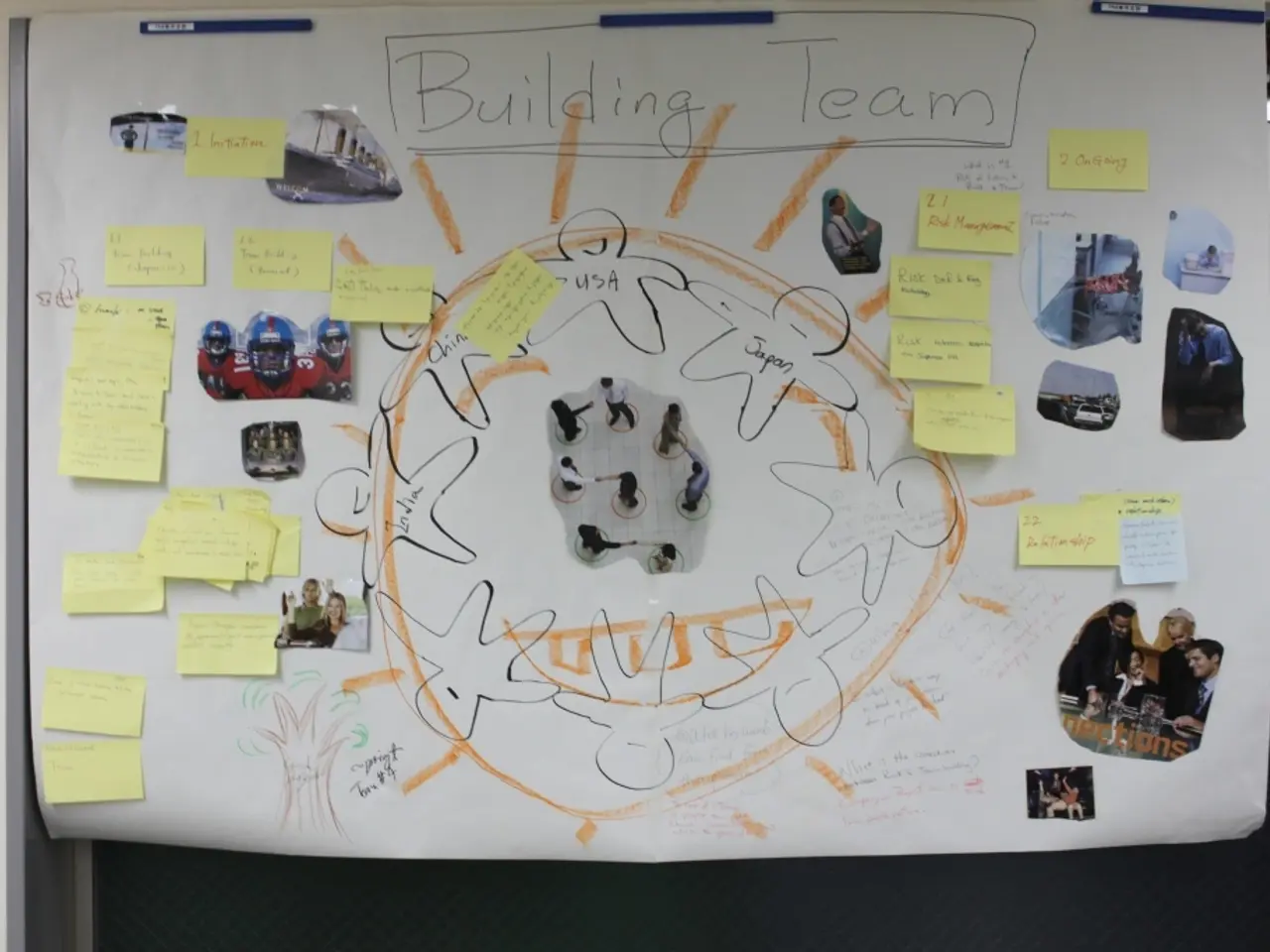Examining Statistical Methods and Data Interpretation in the Field of Education
In the modern educational landscape, the use of statistical tools for data analysis is revolutionising the way teachers approach their craft. From SPSS and R, to Python libraries like Pandas and NumPy, these methodologies are facilitating the interpretation of educational data, providing insights that inform decision-making processes and ultimately enhancing student learning outcomes.
Data Collection in Education
Data collection in education is a systematic process that gathers information to inform teaching practices and improve student learning. This encompasses various methodologies such as surveys, assessments, and observational studies. By collecting diverse types of data, such as assessments, observations, and surveys, schools can monitor curriculum implementation and student learning progress.
The Power of Statistics and Data Analysis
Statistics and data analysis provide valuable insights that can be applied in educational settings. They allow for the tracking of student progress, identification of areas for improvement, and implementation of targeted strategies for success. Understanding variability is crucial, which can be achieved through concepts like correlation and regression analysis, helping practitioners identify relationships between variables and inform data-driven decisions.
Overcoming Challenges
While the benefits of statistics and data analysis are clear, there are challenges that need to be addressed. Lack of funding, insufficient training, and inadequate infrastructure are common resource limitations that affect the implementation of these tools in education. However, with the integration of technology, such as cloud computing and machine learning, these complexities are being simplified, making data interpretation more accessible.
Embracing Data-Driven Teaching Strategies
Effective implementation of statistics and data analysis in education involves several key practices. Regular collection of diverse student data types is essential, as is using data analysis tools to convert data into actionable evidence. Personalising learning based on student strengths, weaknesses, and learning styles is another crucial aspect, as is early identification and intervention for at-risk students through predictive modeling.
Data analysis also supports educator effectiveness by helping teachers review their methods and adjust based on student engagement and learning gains. School leaders can use aggregated data to plan professional development and allocate resources strategically to improve overall school performance.
The Impact of Data-Driven Methodologies
Research shows that learning analytics and data-driven interventions have a small-to-moderate positive effect on academic outcomes in K-12 settings, particularly when interventions are pedagogically aligned and tailored to the learning environment. Embracing statistics and data analysis in education empowers educators to engage more meaningfully with their students and facilitate a more responsive and effective educational landscape.
Bridging the Skill Gap
Comprehensive training in statistics and data analysis becomes increasingly important as educational institutions embrace data-driven methodologies. Professional development programs focused on enhancing data literacy among educators are essential for bridging existing skill gaps and fostering a culture of continuous improvement. Data literacy among educators is crucial for making informed decisions about student learning and development.
Conclusion
In summary, the effective implementation of statistics and data analysis in education involves regular collection of diverse student data types, using data analysis tools to convert data into evidence for instructional decisions, personalising learning based on student strengths, weaknesses, and learning styles, early identification and intervention for at-risk students through predictive modeling, supporting teachers with data to refine teaching strategies and curriculum design, leveraging data at the school leadership level for planning and resource allocation, and employing learning analytics dashboards designed for K-12 contexts to improve student outcomes. These practices encourage a data-informed culture that fosters continuous improvement in both student performance and teaching strategies across K-12 education.
- To facilitate continuous improvement in student performance and teaching strategies, professional development programs focusing on enhancing data literacy among educators are essential for bridging existing skill gaps.
- Embracing statistics and data analysis in education enables educators to personalize learning based on student strengths, weaknesses, and learning styles, and utilizes data for targeted strategies for student success and career development.
- In the context of education-and-self-development, the adoption of e-learning platforms with integrated instructional strategies allows for personal growth by providing accessible and adaptive learning opportunities that cater to individual learner needs.




